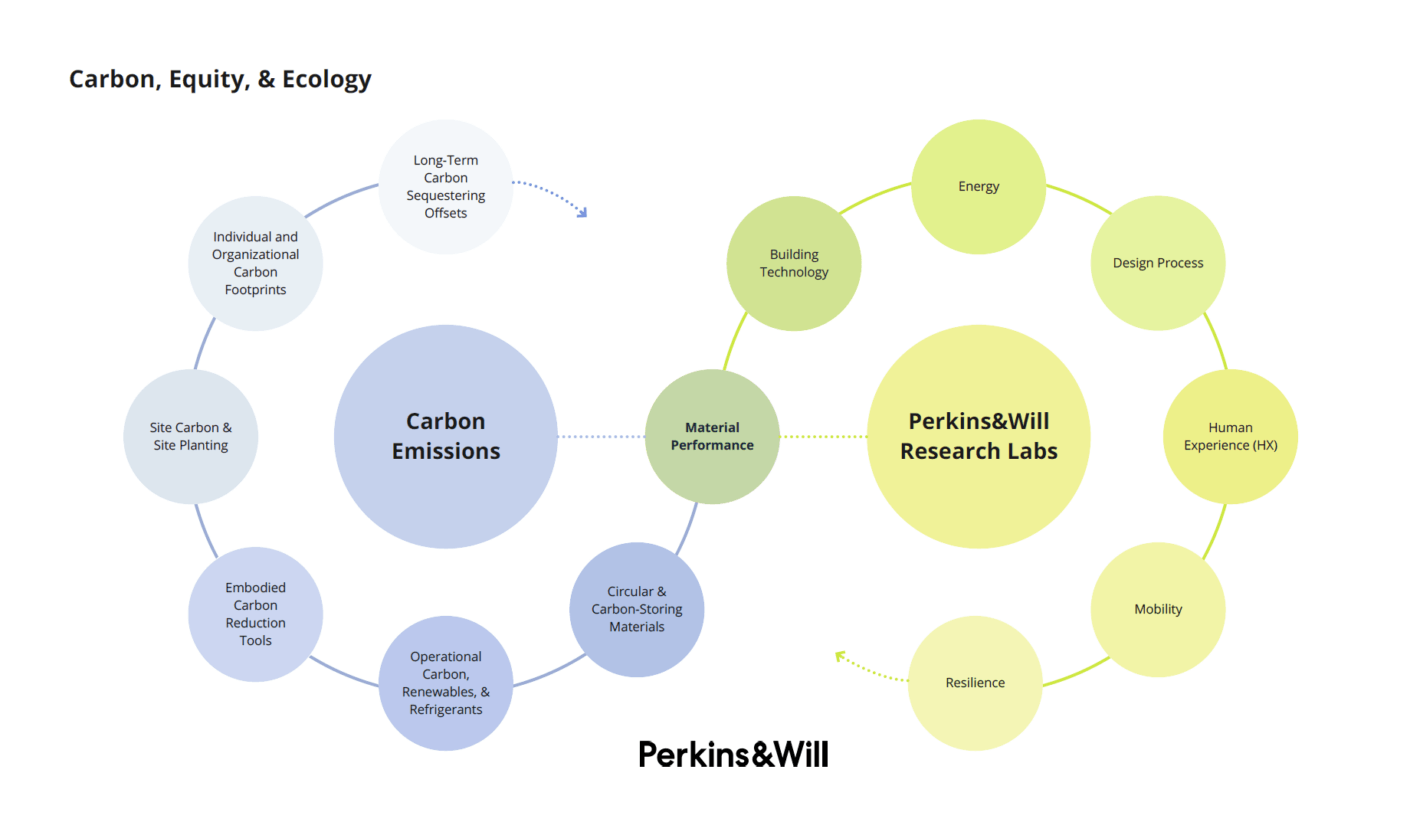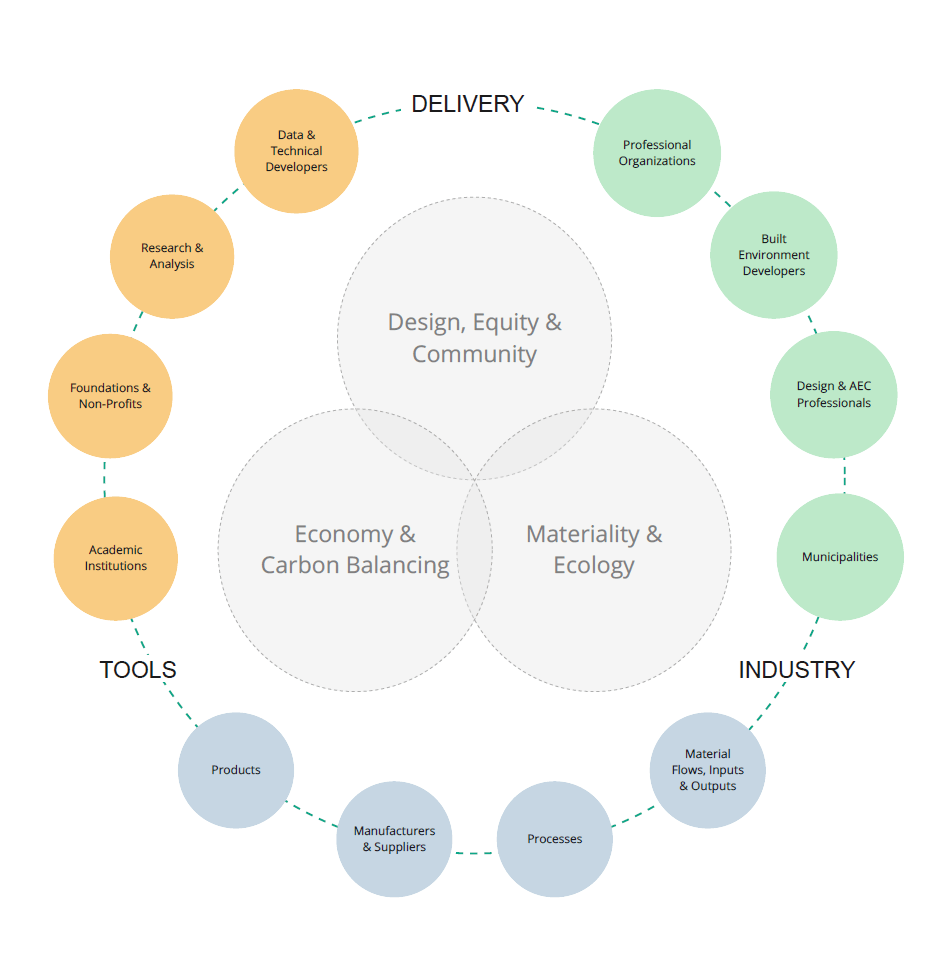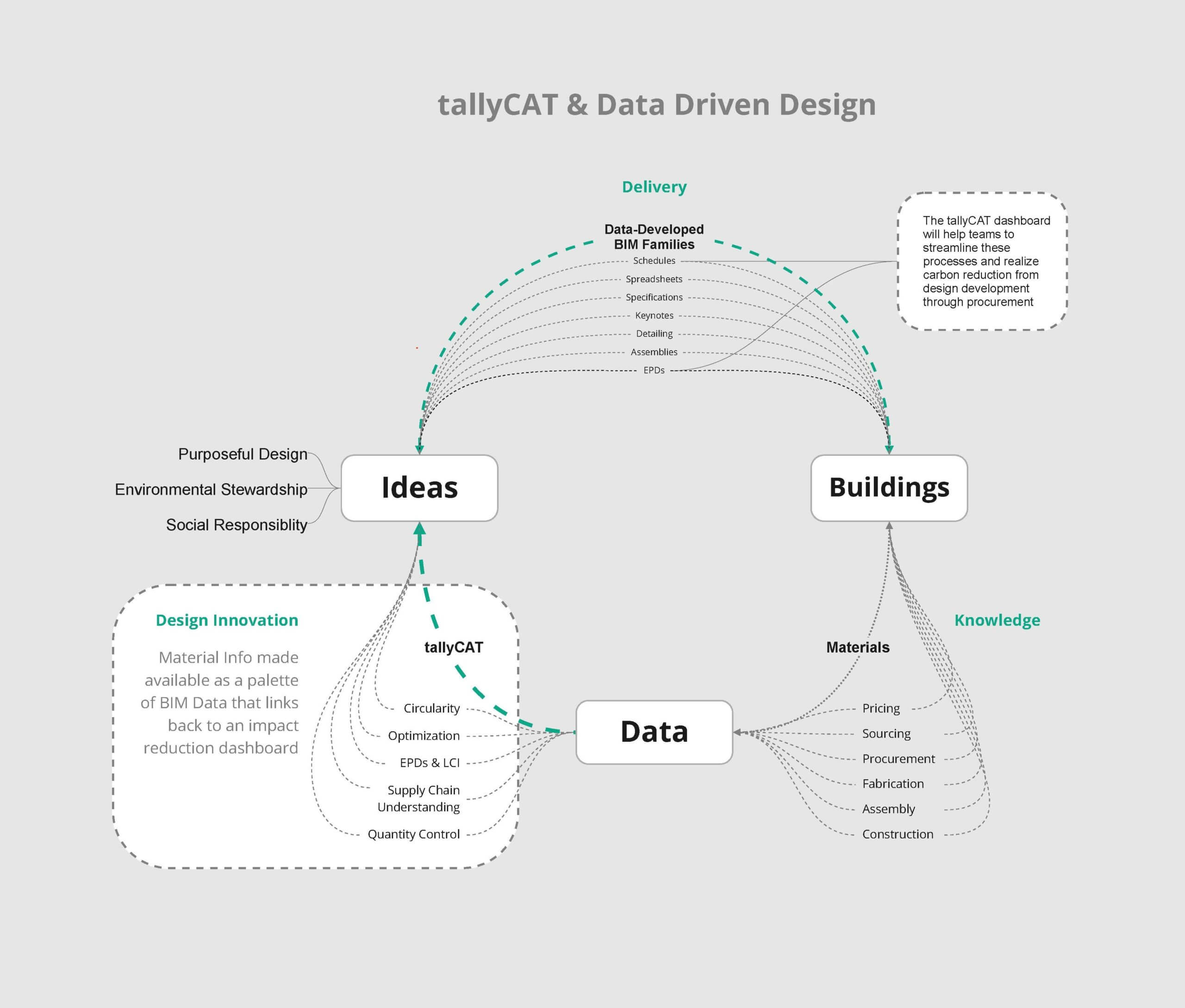A team of design leaders at global architecture and design firm Perkins&Will, in collaboration with C Change Labs and Building Transparency Canada, has been awarded a grant to develop a tool that facilitates the design of low-carbon buildings. The Tally Climate Action Tool (tallyCAT) will build on existing technologies to provide open, real-time access to material and product information within design software, making it easier and faster to choose low-carbon material options.
The CleanBC Building Innovation Fund (CBBIF) from the Province of British Columbia awarded $460,000 to the team as part of its mission to fund projects in British Columbia that accelerate the availability and affordability of low-carbon building solutions. With an anticipated release date of March 2023, tallyCAT will provide open access to a library of materials that merges into commonly used Building Information Model (BIM) platforms, like Revit and Rhino.
“Our goal is to make it easy for designers to understand the climate impacts of their material choices through a plug-in palette of lower carbon products,” says sustainable building advisor Manuela Londono of Perkins&Will.





